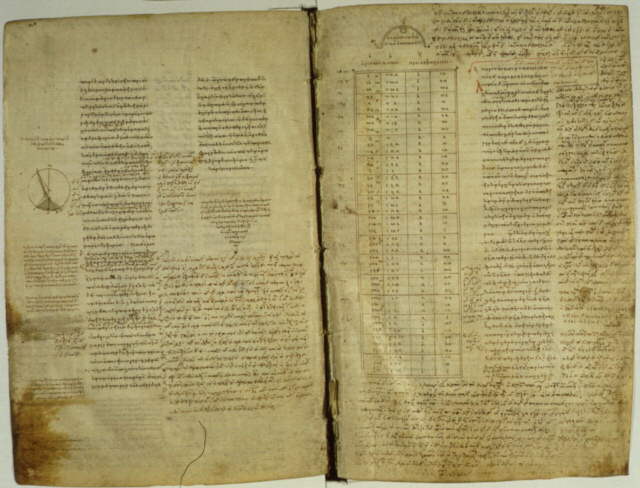A
AukeF
Guest
Hi, I'm doing a research paper on Ptolemy but I'm a bit in the dark if tthe works of Ptolemy were known in Western Europe and the influence of his work in Western Europe between app. 200 - 1300 AD.
What I have learned so far: the original works of Ptolemy in Greek were lost but came to Western Europe (in latin) after they were translated from Arabic (Arabic astronomers had translated his work before from the orginal Greek texts). I'm not really sure when those first -latin- translations were available in Western Europe. The earliest clue I found so far is that his works were used in the Alfonso tables but that then we are already in the 13th century. So was there any use or knowlegde of the works of Ptolemy in Western Europe before that time?
Thanks in advance for you insights!
What I have learned so far: the original works of Ptolemy in Greek were lost but came to Western Europe (in latin) after they were translated from Arabic (Arabic astronomers had translated his work before from the orginal Greek texts). I'm not really sure when those first -latin- translations were available in Western Europe. The earliest clue I found so far is that his works were used in the Alfonso tables but that then we are already in the 13th century. So was there any use or knowlegde of the works of Ptolemy in Western Europe before that time?
Thanks in advance for you insights!



